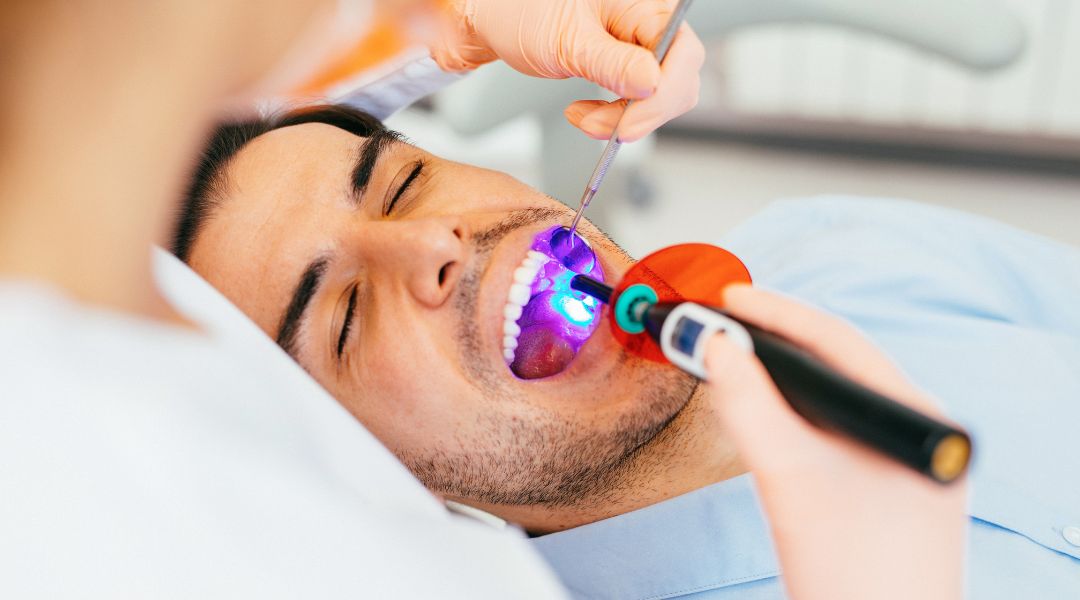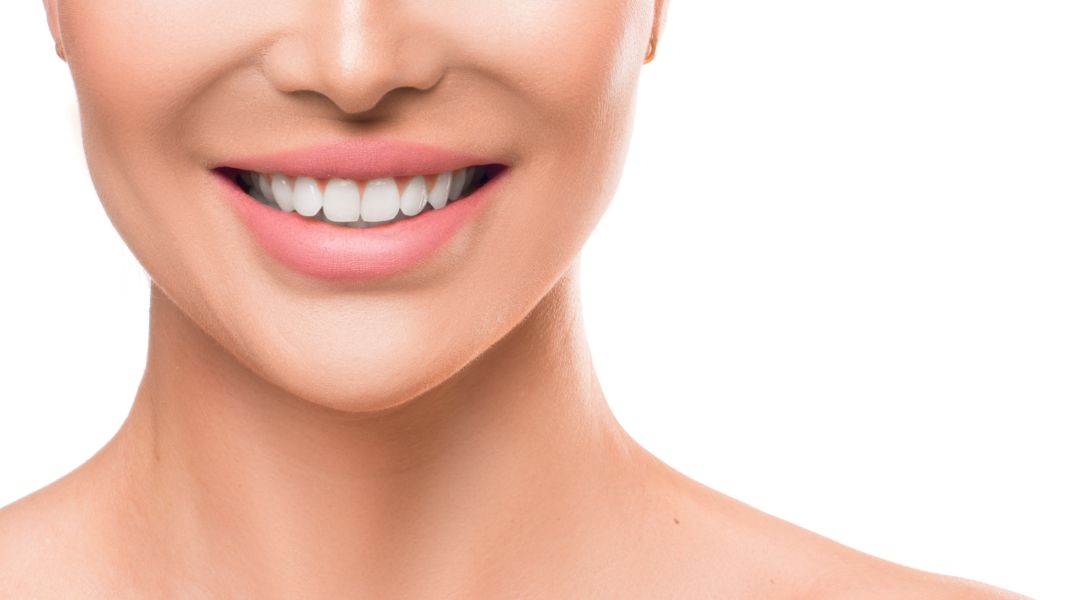CORONA FAMILY DENTAL
General
Dental Health
Fillings, Bonding, Sealants, Non-Surgical Gum Treatments, & X-Rays
BEYOND YOUR EXPECTATIONS
Contact us today for a free consultation!
Dental Checkups

Dental Sealants

Dental Bonding

Bonding is a common procedure for patients suffering from minor tooth imperfections. This includes gaps between teeth, minor decay damage, a chipped or cracked tooth, and cosmetic purposes. Bonding is a painless procedure which involves adhering a composite resin to the tooth. This composite resin is a putty-like material which the dentist molds to fit the shape of the tooth it is repairing. First, the dentist applies a gentle phosphoric acid gel to the surface of the tooth in question. This gel creates micro-etches in the tooth which provides the rough surface needed for the bonding agent to adhere. Next, the dentist color-matches the resin to the patient’s tooth and shapes it to fit. Once the material has been molded, an intense UV light is used to harden it and keep it in place. Lastly, the resin is buffed and polished, to match the patient’s other teeth. The entire process takes only 30 minutes to an hour.
Non-Surgical Gum Treatments
The “foundation” for one’s teeth is known as the periodontium. This foundation is made up of the gums, ligaments, and bone structure which hold your teeth in place. Just like any structure, if the foundation is unstable, so is whatever is on top. In this case, if your periodontium is unhealthy, your teeth will also be unhealthy and may become loose or even fall out. This condition is called periodontal or “gum” disease. In its early stages, it is called gingivitis. Signs of gingivitis are swollen or red gums, persistent bad breath, and gums that bleed easily when brushing or eating. If your teeth start to shift, your gums pull away from your teeth, or your teeth become loose, you likely have gum disease. If the situation becomes too severe, you may need surgical treatment. This is why it is important to treat periodontal problems as soon as you notice anything is wrong.
Our primary non-surgical treatment for gum disease is root planing. You will first be put under a local anesthetic, so your dentist can deep clean your teeth and roots to remove plaque and bacteria from small pockets in your gums. Next, they will smooth the roots of your tooth to prevent future bacteria build-up. With the proper care and maintenance, your teeth will be able to return to a healthy state. As soon as you detect an issue, come see us at Corona Family dental, so we can immediately take care of the problem.
X-Rays
The “foundation” for one’s teeth is known as the periodontium. This foundation is made up of the gums, ligaments, and bone structure which hold your teeth in place. Just like any structure, if the foundation is
unstable, so is whatever is on top. In this case, if your periodontium is unhealthy, your teeth will also be unhealthy and may become loose or even fall out. This condition is called periodontal or “gum” disease. In its early stages, it is called gingivitis. Signs of gingivitis are swollen or red gums, persistent bad breath, and gums that bleed easily when brushing or eating. If your teeth start to shift, your gums pull away from your teeth, or your teeth become loose, you likely have gum disease. If the situation becomes too severe, you may need surgical treatment. This is why it is important to treat periodontal problems as soon as you notice anything is wrong.
Our primary non-surgical treatment for gum disease is root planing. You will first be put under a local anesthetic, so your dentist can deep clean your teeth and roots to remove plaque and bacteria from small pockets in your gums. Next, they will smooth the roots of your tooth to prevent future bacteria build-up. With the proper care and maintenance, your teeth will be able to return to a healthy state. As soon as you detect an issue, come see us at Corona Family dental, so we can immediately take care of
the problem.





